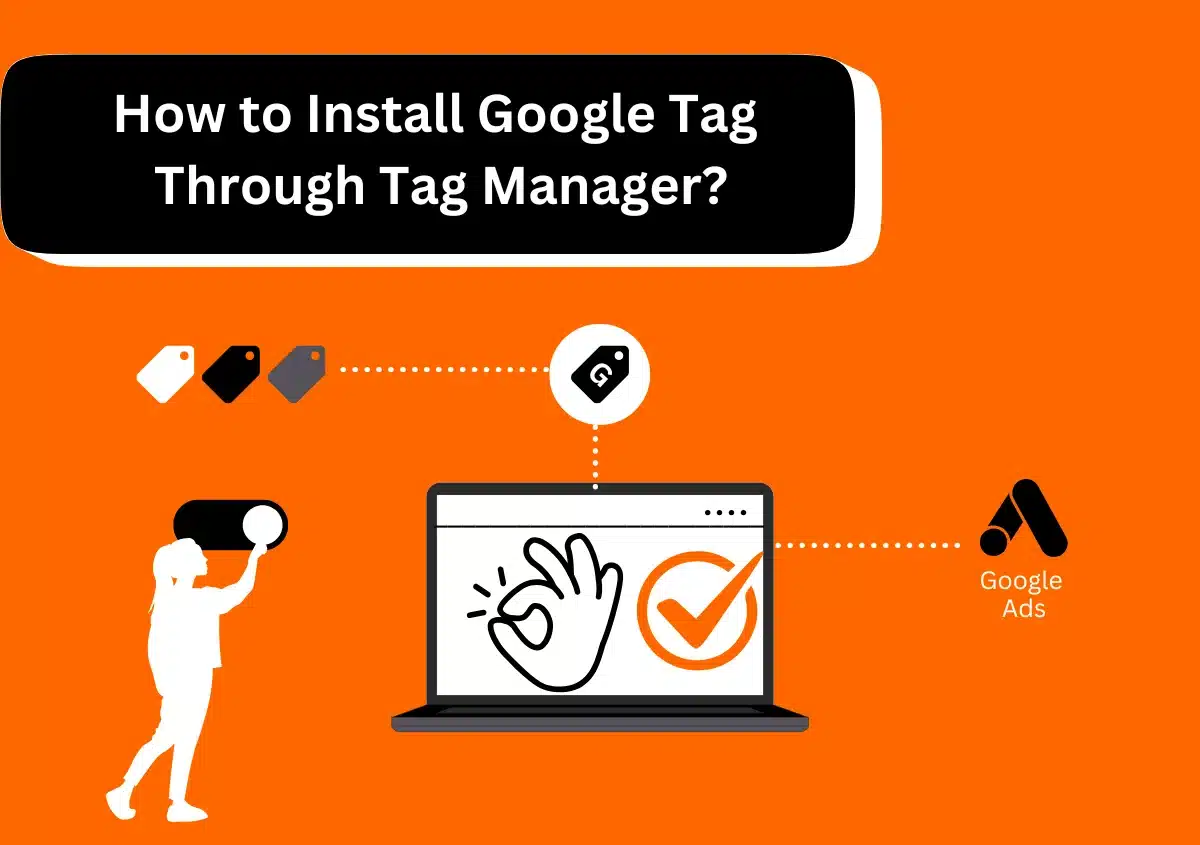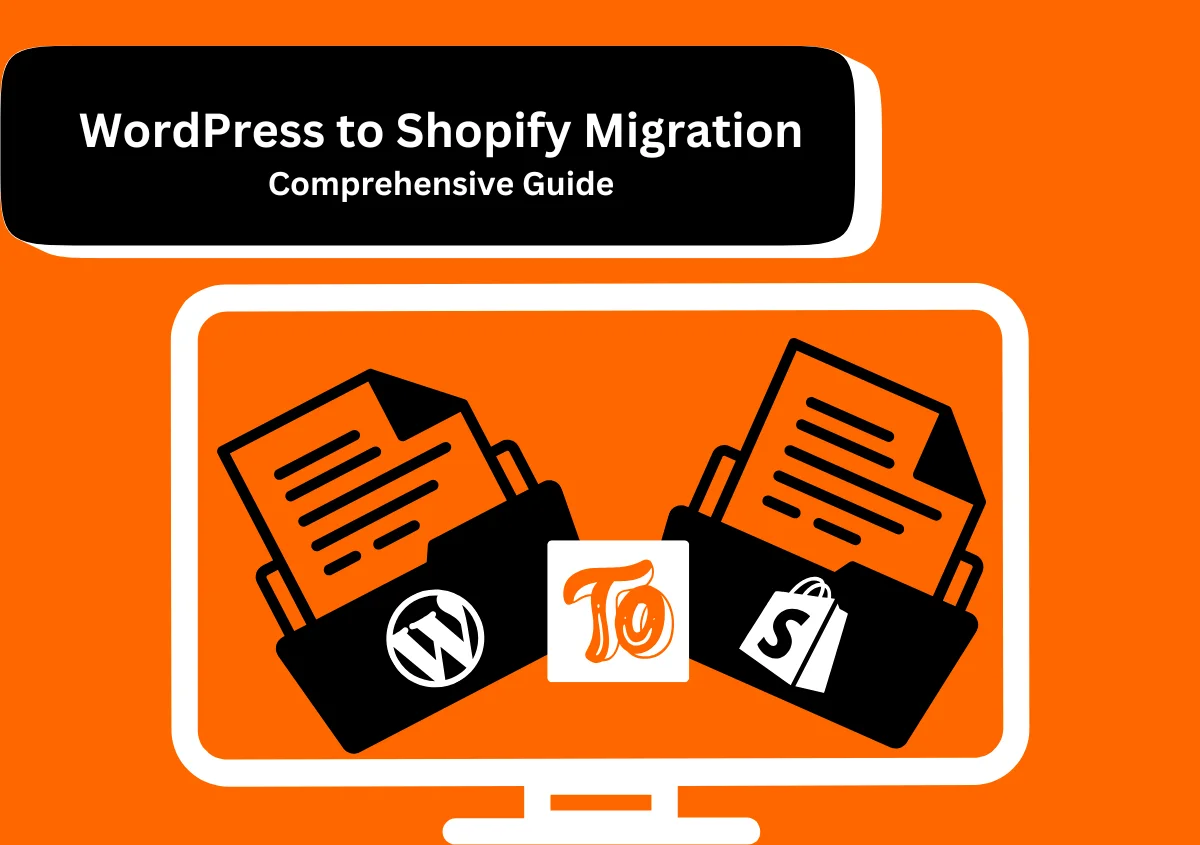
- About Us
- Design & Development
- Digital Marketing
- Analyze & Optimize
- Technologies
- Shopify Experts Agency
- Shopify Marketing Agency
- Shopify Support
- Shopify SEO Agency
- Shopify SEM Services
- Shopify SMM Services
- Shopify Web Design Agency
- Shopify Theme Development Services
- Shopify Theme Customization Services
- Shopify App Development Company
- Shopify Analytics
- Shopify CRO Agency
- Shopify Store Setup Services
- Shopify Product Description Services
- Shopify Email Marketing Services
- Shopify Content Writing Services
- Shopify Consulting Services
- Shopify Maintenance Services
- Shopify Speed Optimization Service Agency
- Shopify Migration Services
- Shopify Product & Collection Setup Services
- Shopify Marketing & Sales Consulting Services
- Shopify Content Marketing Services
- Shopify Logo & Visual Branding Services
- Shopify Brand Strategy Services
- Shopify Custom Domain Setup Services
- Shopify Business Strategy Consulting Services
- Shopify Sales Channels Setup Services
- Shopify Photo Editing Services
- Shopify Banner Ads Services
- Node JS Development Company
- PHP Development Services
- WordPress Development Services
- WooCommerce Development Services
- Magento Design & Development Services
- Joomla Development Services
- Drupal Development Services
- ReactJS Development Services
- Laravel Development Services
- HTML5 Development Services
- CodeIgniter Development Services
- AngularJS Development Services
- Shopify Experts Agency
- Blog
- Contact Us
Shopify Speed Optimization Service Agency
Top Rated Shopify Speed Optimization Services
Over 3-5 seconds delay in site loading speed could kill your sales. We’ll speed up your Shopify store, giving your customers a smooth shopping experience and boosting your sales.
/ 5.0

Happy customers
Please fill in your details below
to get free quote
We Work With







About Us
New-Age Shopify Speed Optimization Service Agency
We value honesty, openness, and optimizing your Shopify business for real customers rather than merely striving for high-performance tool ratings. We are a highly reputable Shopify speed optimization service agency backed by successfully optimized Shopify sites under our belt. Having saved our clients thousands of sales that they could have lost because of their poor site speeds, we’ve helped them achieve a loading speed score of 95+. Let’s chat!
Why Invest in Shopify Speed Optimization Service?
Because a 3-second delay on mobile and a 5-second delay on a desktop can dip your conversions by 26%!
Improved SEO
Search engine algorithms place a strong emphasis on speed, which raises ranks and boosts organic traffic. It’s critical that your Shopify store loads in under 3-5 seconds. We can help.
Higher Conversions
Websites that load faster allow for more seamless user experiences, which boost conversion rates and enhance commercial results. If your site speed is stalling, we can help.
Lower Cost-Per-Click
Google and Facebook's Paid ads platforms offer a reduced cost-per-click by accounting for the speed at which your pages load. Improve CTC with pages that load quickly.
Increased Revenue
The more customers experience a smooth checkout, the more sales you’ll get. This also makes your consumers more receptive to upsell offers if they aren't already annoyed by sluggish sites.
Better User Experience
Fast-loading sites increase customer retention. This improves your sponsored and organic traffic results while increasing sales and serving as a signal to Google that your website is "worthy."
More Customers
Getting more customers doesn't equate to scaling your e-commerce business. Rather, it involves encouraging them to spend more money (higher AOV) at your store more frequently.
What Causes Your Shopify Page Speed to Suffer?
Factors impacting performance includes

- Oversized picture files
- “Unclean” Code in JavaScript and CSS
- Javascript and CSS code delivery issues
- Subpar third-party application code
- Tidbits of pointless code from deleted applications
- Overuse of HTTP requests
- Incorrect requests, such as broken links
- Inadequate usage of lazy loading in movies and scripts
- Slow font delivery
- Not preloading the files

Our Shopify Speed Optimization Services
We employ effective methods to improve Shopify Store speed ensuring quicker load time.
1/ Audit & Analysis
We employ industry-standard technologies for a thorough analysis to pinpoint performance and speed issues. We ensure that every factor is taken into account before we optimize your Shopify store’s speed.
2/ Shopify Theme Optimization
We remove unnecessary and extraneous code from theme files to improve user experience and speed up load times. This ensures your customer experiences a smooth journey from login to checkout.
3/ Page Size Optimization
We employ two great optimization strategies— Lazy loading and request prioritization —on static assets like images or media to significantly reduce the total rendering size of your Shopify store.
4/ Apps Audit & Optimization
We evaluate every installed app for performance issues or to adjust and improve them. We’ll remove redundant ones to significantly minimize costs from the primary website rendering process.
5/ Images Optimization
We load next-generation optimized picture formats and output the perfect image size for the rendering device. Optimized images help improve your Shopify store’s loading speed, resulting in enhanced user experience.
6/ JS/CSS Requests Optimization
We help increase the overall speed at which your website pages load by removing, reducing, or lazy loading all javascript and CSS files that are being utilized.
7/ Font Loading Optimization
We use effective and quick font loading techniques to decrease the overall size of the page and enhance content stability, which has a direct influence on mobile UX and CLS.
8/ External Tracking Code Optimization
We will streamline added third-party tracking codes or scripts based on the browser’s rendering of the page, which in turn can positively impact your conversion rates and the site’s SEO performance.
9/ Core Web Vitals Optimization
We prioritize basic web vitals matrices like LCP, CLS, and interactive time to address UX bottlenecks, resulting in increased user satisfaction and potentially higher ranking in search engine results.
Our Process
We ensure every strategy we use gives your customers a lightning-fast Shopify store speed experience.
1/ Speed Audit
We do a full inspection of your website to identify bottlenecks and needed improvements for the loading performance of your Shopify store pages.
2/ Make Plan
As per the audit results, we will deploy a prioritized list of speed and performance hits and develop a specific plan to fix the loading speed issue in your Shopify store.
3/ Improve Speed
We apply desired code fixes and asset optimization to make your Shopify store load faster and provide better UX. This ensures your customers keep coming back to your website for more purchases.
4/ Review Results
After adjustments, we test your page loading speed to ensure that the changes made worked. We ensure your website loads in under 3-5 seconds tops and runs smoothly and effectively.
Why Choose Us?
Top Ranked Shopify Speed Optimization Service Company
We’ll give you a Shopify store loading speed that improves user experience, conversion rates, and search engine rankings.

Years of experience
Expert team
Leads generated
1/ Ethical Standards
We adhere to ethical values in the entire work process and maintain integrity, truthfulness, and fairness in every process.
2/ Comprehensive Optimization
We provide full optimization service in every aspect of the project to ensure that everything is well integrated to ensure efficient and successful achievement of goals.
3/ Dedicated Support
Our team is dedicated to supporting and assisting you in the journey by offering professional help and advice in every aspect of the setup and operation.
4/ Transparent Reporting
We believe in openness and provide insights on the progress and output of the project in a clear and detailed report that keeps you updated.
What Our Clients Say?
Your Partner With 15+ Years Of Expertise
“Partnering with Website Pandas for PPC has been the best decision for us. The team helped us save money on AdWords advertising while boosting the lead count. We could not even imagine creating and managing AdWords the way Website Pandas did. Now we know that we can successfully compete with our competitors.”

Mike Johnson
“The PPC team at Website Pandas should be the go-to choice for search engine marketing. They are responsive, accountable, and extremely knowledgeable. I loved how the experts here solely focus on client results and ROI. Their resources and PPC strategies have helped me drive maximum awareness and conversion.”

Shane Smith
“Working with Website Pandas has been an absolutely amazing experience. They’ve been our partners for over six years now, and there is nothing I would complain about. The team does everything to make your business unique and at the top of web searches. I would highly recommend the agency to anyone looking to improve their online presence.”

Matt McVicker
“Website Pandas seamlessly executed our digital marketing strategy with impressive skill. The team showed us how Google can be used in innovative ways. Our company has experienced consistent and exponential growth on channels that didn’t work for us before. Now, we consider Website Pandas more of an extension of our company than a partner.”

Sarah Walker
Case Studies
Be Part Of Our Success Stories


Beach Business Boom: SEO & Ads Campaign that Quintupled Revenue

From Stagnant to Soaring: A B2B’s Explosive Growth with Google Ads!
FAQs
Find Answers To Commonly Asked Questions
Will anything break by optimizing my store?
No, that’s not why we’re the most affordable choice available. We take great care to ensure that everything is functioning as it should before requesting your permission to launch the updated version of your theme.
Do you need access to any sensitive information?
No, we only require access to your theme and app settings; we don’t need to access your customer or payment information.
Will it change the design or functionality of my store?
No, all of our work is done “behind the scenes.” Before taking any action to fix a significant website element or app that is creating performance problems, we will offer a solution and need your consent.
Will you remove any apps?
Not without your consent. While we try to work with the applications you already have, if there are any “culprits” creating serious problems, we’ll provide suggestions and need your permission before addressing the issue.
Could you provide an estimate for the completion of the speed optimization process?
Usually, we receive the desired outcomes in three days. If the website is more complex, the procedure might take up to five days. We appreciate your patience and understanding as we work to provide you with the best results possible. After optimization, our clients usually have great experiences. But if something goes wrong, don’t hesitate to get in touch with us within the two weeks after the project is delivered. We are always happy to help!
How can I confirm whether the speed score has been optimized or not?
After everything is done, our staff will get in touch with you via Skype or email to provide you with thorough reports. The homepage, collection page, and product page are just a few of the important pages on your website that will have before and after versions included in these reports. Furthermore, you may use the Google PageSpeed tool to determine website speed ratings, to independently confirm the score: PageSpeed.Web.Dev
Can you optimize the checkout?
Regretfully, no. Shopify has put the checkout pages on “lockdown,” thus we are limited to optimizing the pages that are managed by your theme.
Will you be able to improve mobile page-load speed?
Of course! We pay special attention to mobile since we are aware that it generates the bulk of your traffic and that Google penalizes sites that don’t work well on mobile devices.
How long will it take to complete the work?
We typically complete the task in six working days. If your website has a lot of adjustments, it might occasionally take up to 10 days.
Will I need to optimize the speed regularly?
The modifications we make to your website are irreversible, so if nothing else changes, you shouldn’t theoretically need to purchase this service again. Nevertheless, your shop can ultimately require further optimization if you add additional photos, applications, or features.
Do you offer support after the optimization?
Yes, you receive 14 days of free help to work out any faults you may encounter in addition to our guarantee. Nevertheless, because we have a very rigorous QA procedure in place before handover, we don’t frequently hear from clients regarding any problems.
Why do the results of my Page Speed Test change every time I look at them?
This is typical for all of the main tools. This is because the page speed score and loading time are dependent on several variables, such as server response time and outside resources like ads or tracking snippets, over which neither you nor us have any influence.
Latest Posts
Stay Informed And Inspired

How to Setup Google Tag Through Tag Manager?

Can You Remove Conversion Action in Google Ads Editor? Quick Guide 2025

WordPress to Shopify Migration: A Comprehensive Guide 2025
Newsletter
Subscribe For Updates And Insights
